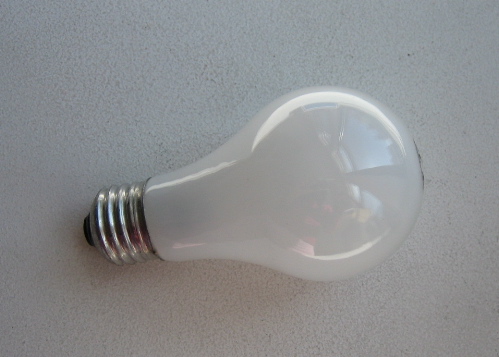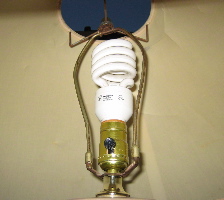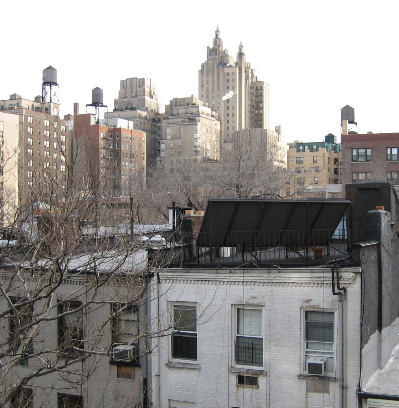More and more countries and states are realizing that saving energy as well as the environment is as easy as changing a light bulb. As energy consumption grows and demand creates a need for alternative energy sources, governments are looking toward the source to solve the problem. Mandating energy-saving light bulbs is becoming the embraced legislation to quickly resolve these energy problems. And the environmental benefits are just one of the many pluses in doing so.

Energy-saving light bulbs are 75 percent more energy efficient than incandescent and last 10 times as long. Installing them cuts down on energy consumption that in turn cuts down on pollution spewed from energy-generating plants. The less energy we consume from traditional energy plants helps the environment and also helps our monthly bills.
Australia is the first country to systematically phase out incandescent bulbs and hopes to do so within the next three years. The goal is, by 2010, to have installed only energy-saving bulbs nationwide and to have eradicated the energy-wasting incandescent ones. The country already has legislation regulating energy consumption for appliances and wants to do the same for lighting. And the reduction of greenhouse gases from less energy consumption is one of the main reasons for mandating restrictions on lights and appliances. Environment Minister Malcolm Turnball told The New York Times, “Electric lighting is a vital part of our lives; globally, it generates emissions equal to 70 percent of those from all the world’s passenger vehicles.”

The European Union is also mulling over legislation to phase out incandescent bulbs. At a recent summit, EU leaders asked the executive branch to think of a two-year plan to introduce the energy-saving bulbs. German Chancellor and summit leader Angela Merkel told the Associated Press, “We need to give people a little time to change all their bulbs. We are not saying they should throw out all bulbs in their house today, but everybody should start thinking about what's in the shops.”
Countries that already have energy-saving light bulb programs include Cuba, Venezuela, and Chile. Cuban President Fidel Castro introduced the bulb program to counter his country's energy shortage. Castro's program influenced Venezuela's President Hugo Chavez to hand out free energy-saving bulbs to his citizens. Chile's bulb changeover is suggested in its new energy-efficiency plan, which calls for the use energy-saving appliances.
In the U.S., states such as New Jersey, Texas, and California are urging bans on the bulbs as well. California hopes to ban sales of incandescents by 2012.

Greenhouse gas emissions from energy producing plants are slowly being cut down by governments' own volitions. The world is realizing that reducing energy use and decreasing harmful pollutants go hand in hand. And regulating simple things like light bulbs make a huge and positive impact.
keeping the earth ever green
- Follow us on Twitter: @inthefray
- Comment on stories or like us on Facebook
- Subscribe to our free email newsletter
- Send us your writing, photography, or artwork
- Republish our Creative Commons-licensed content



